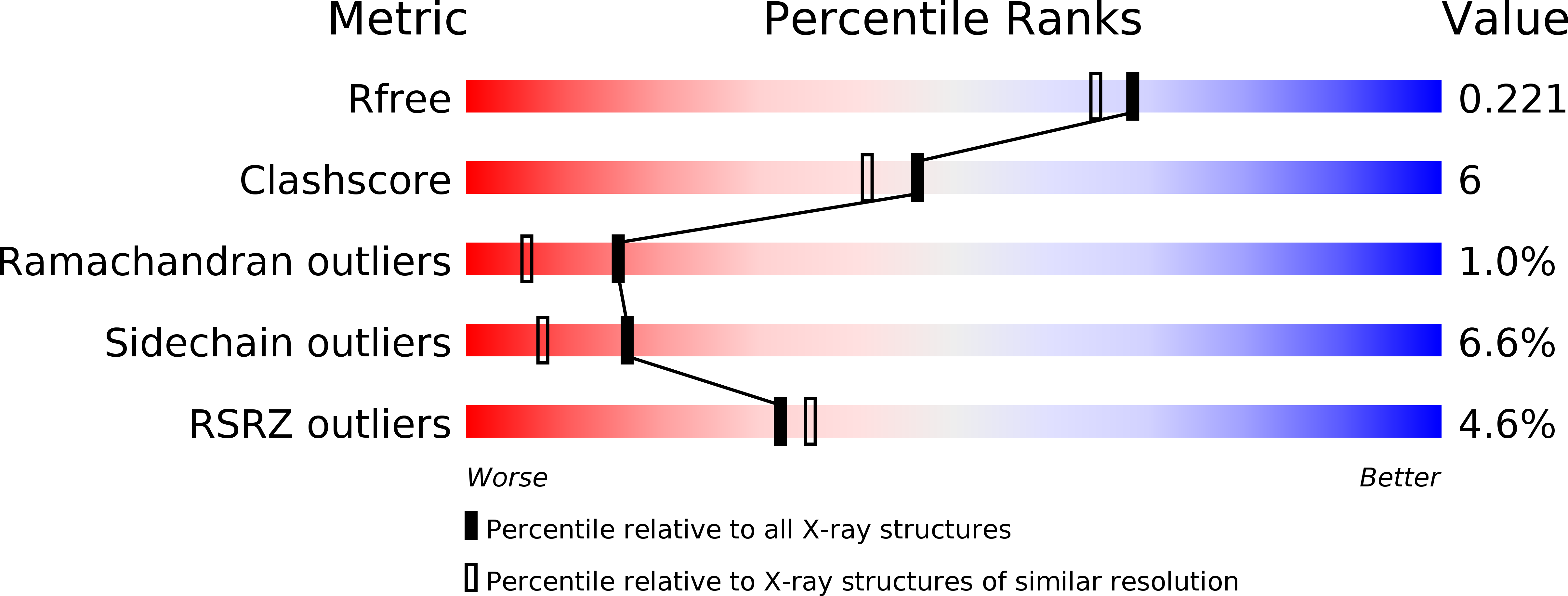
Deposition Date
1996-10-29
Release Date
1997-11-12
Last Version Date
2024-05-29
Entry Detail
PDB ID:
2GSS
Keywords:
Title:
HUMAN GLUTATHIONE S-TRANSFERASE P1-1 IN COMPLEX WITH ETHACRYNIC ACID
Biological Source:
Source Organism:
Homo sapiens (Taxon ID: 9606)
Host Organism:
Method Details:
Experimental Method:
Resolution:
1.90 Å
R-Value Free:
0.22
R-Value Work:
0.20
R-Value Observed:
0.20
Space Group:
C 1 2 1


